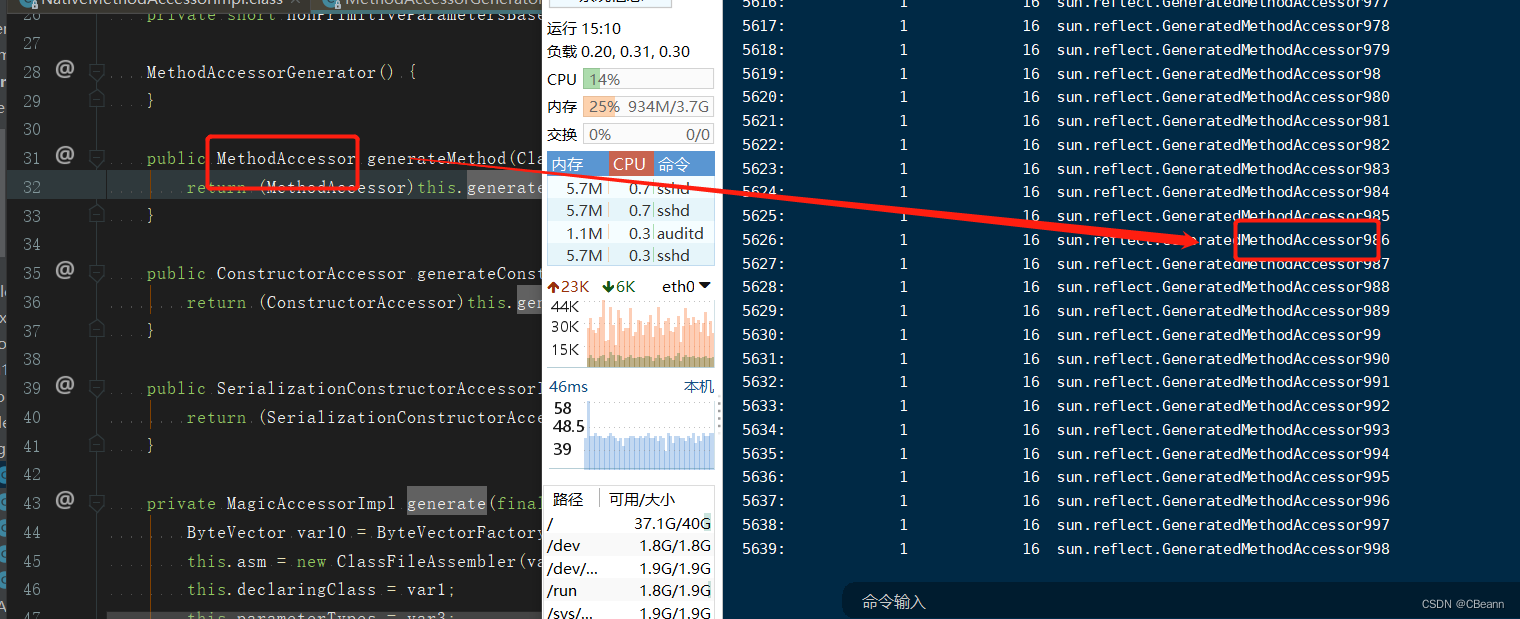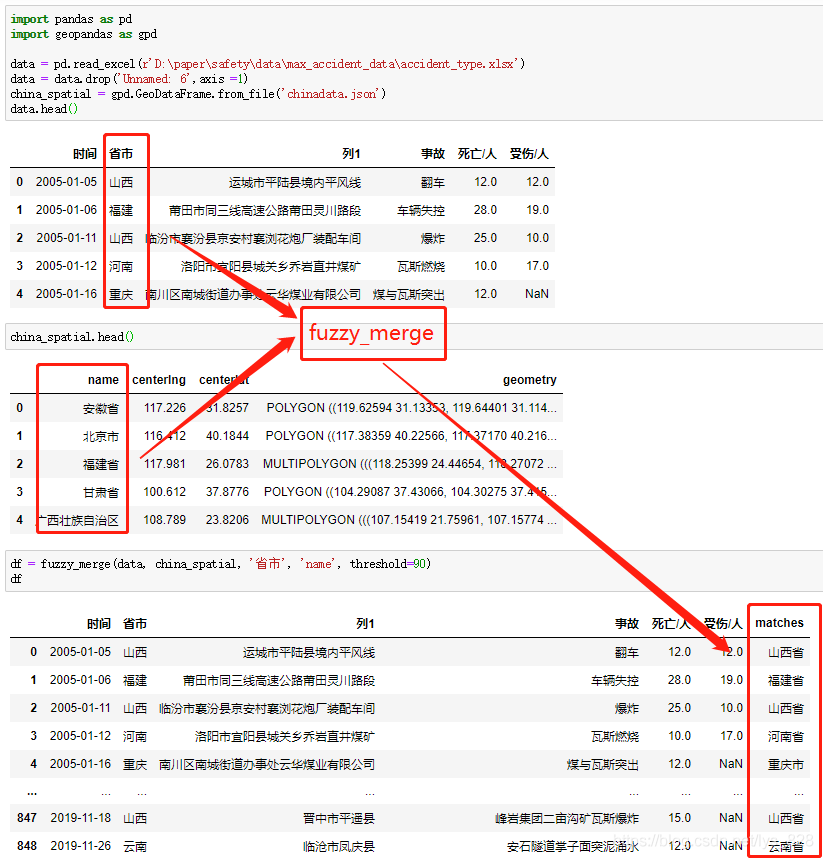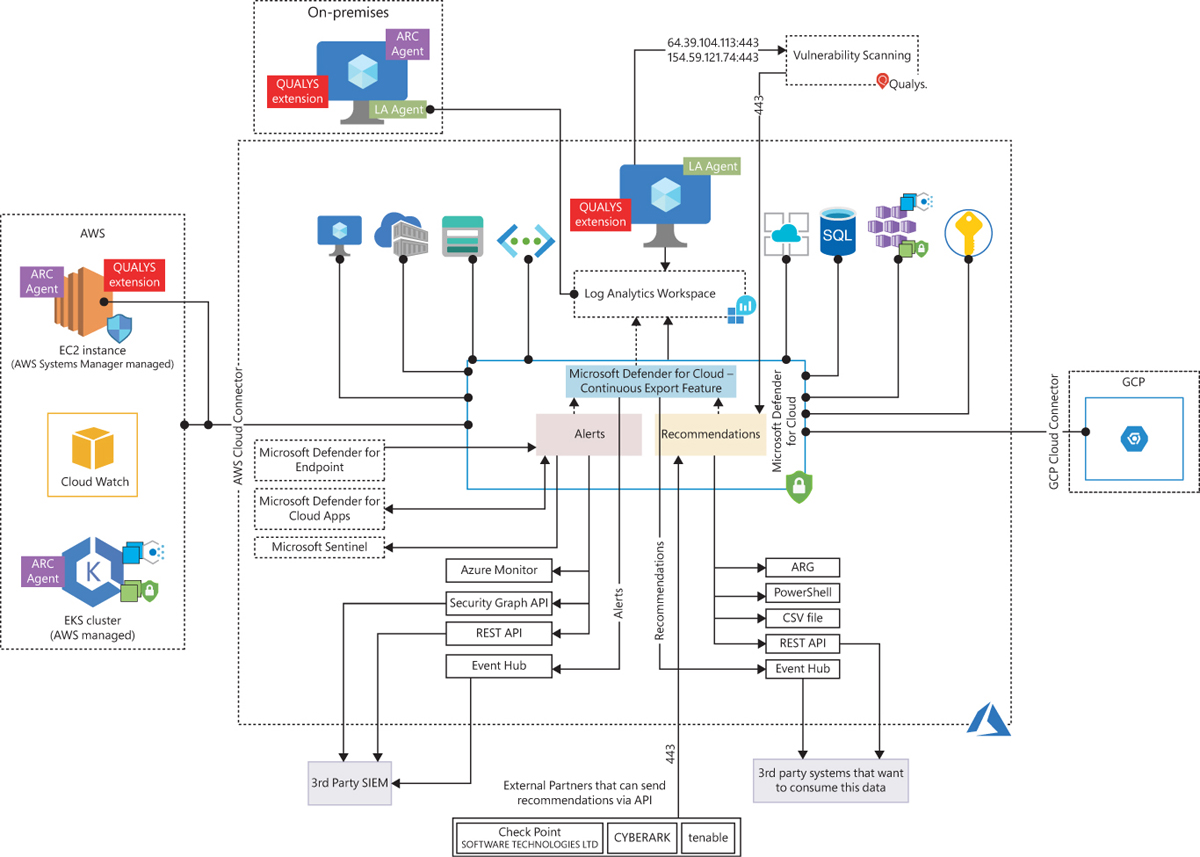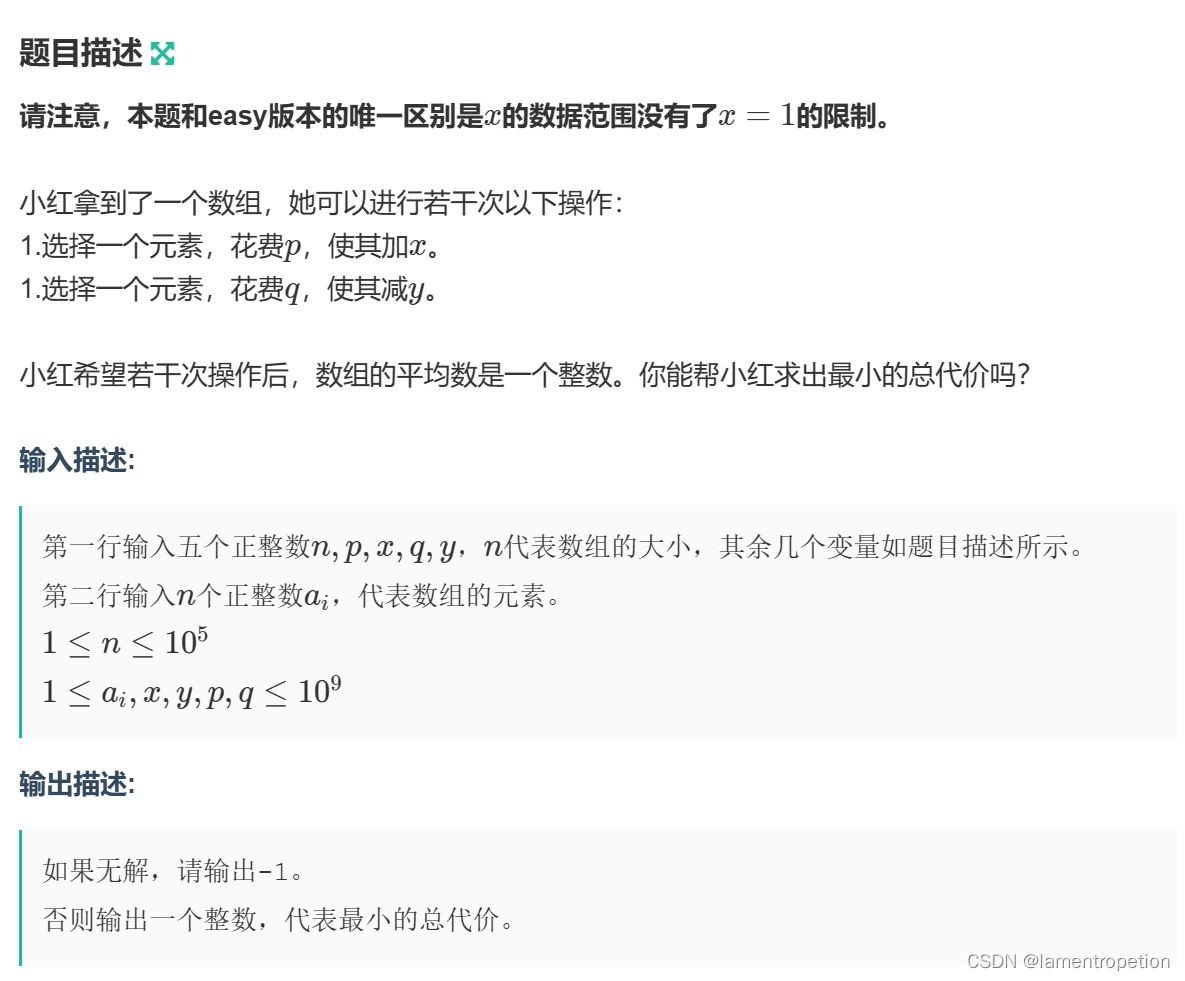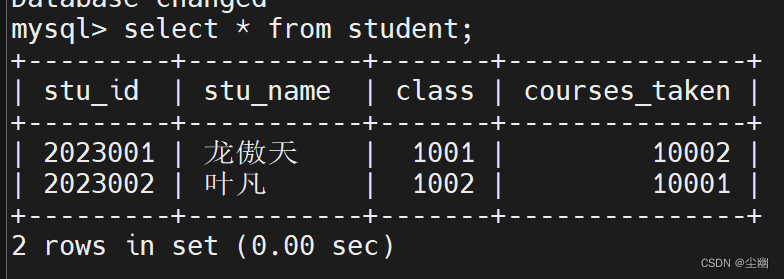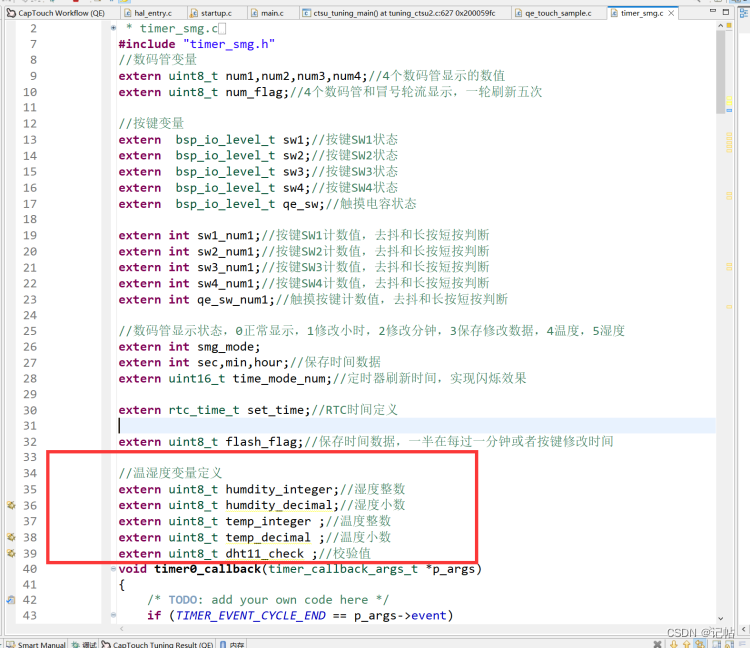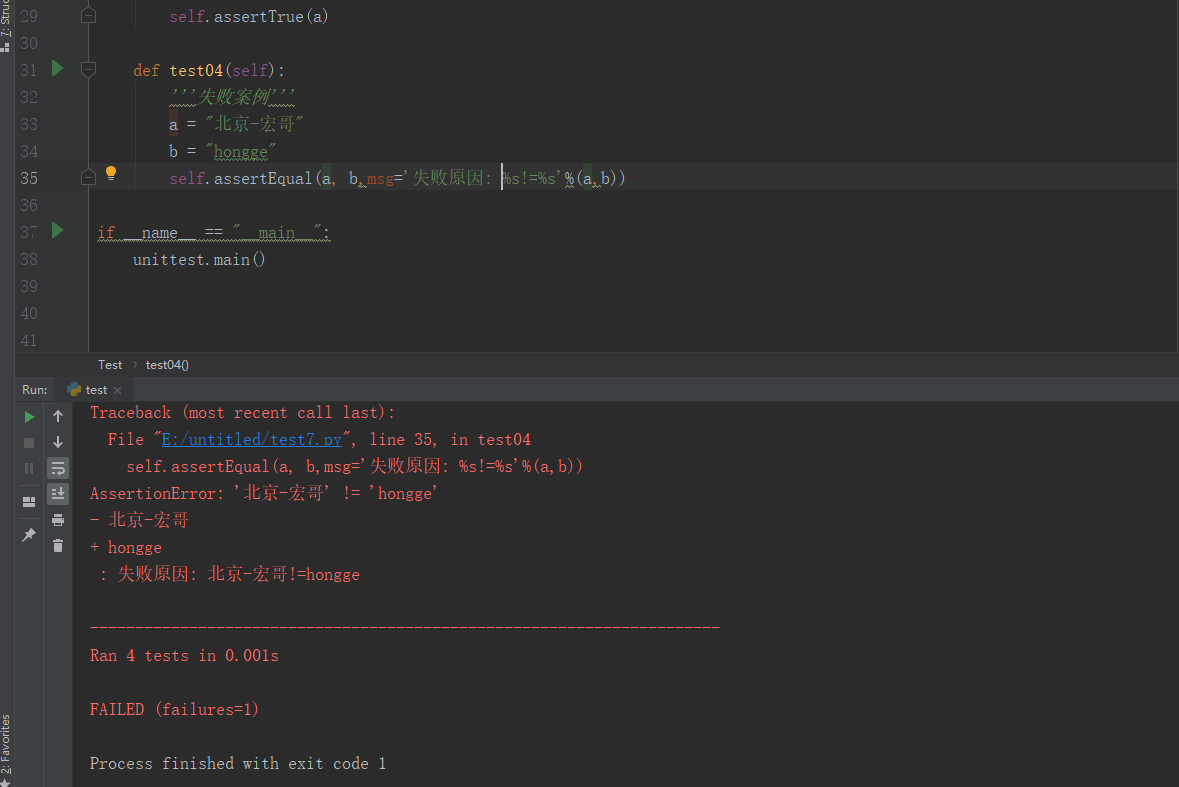1、什么是线程池
例子:
10年前单核CPU电脑,假的多线程,像马戏团小丑玩多个球,CPU需要来回切换。
现在是多核电脑,多个线程各自跑在独立的CPU上,不用切换效率高。
线程池的优势:
线程池做的工作只要是控制运行的线程数量,处理过程中将任务放入队列,然后在线程创建后启动这些任务,如果线程数量超过了最大数量,超出数量的线程排队等候,等其他线程执行完毕,再从队列中取出任务来执行。
它的主要特点为:线程复用;控制最大并发数;管理线程。
第一:降低资源消耗。通过重复利用已创建的线程降低线程创建和销毁造成的销耗。
第二:提高响应速度。当任务到达时,任务可以不需要等待线程创建就能立即执行。
第三:提高线程的可管理性。线程是稀缺资源,如果无限制的创建,不仅会销耗系统资源,还会降低系统的稳定性,使用线程池可以进行统一的分配,调优和监控。
2、线程池架构
Java中的线程池是通过Executor框架实现的,该框架中用到了Executor,Executors,ExecutorService,ThreadPoolExecutor这几个类

3、常用线程池
(1)Executors. newFixed ThreadPool(int)
public static ExecutorService newFixedThreadPool(int nThreads) {
return new ThreadPoolExecutor(nThreads, nThreads,
0L, TimeUnit.MILLISECONDS,
new LinkedBlockingQueue<Runnable>());
}
newFixedThreadPool创建的线程池corePoolSize和maximumPoolSize值是相等的,它使用的是LinkedBlockingQueue。
使用场景:执行长期任务性能好,创建一个线程池,一池有N个固定的线程,有固定线程数的线程。
(2)Executors.newSingle ThreadExecutor()
public static ExecutorService newSingleThreadExecutor() {
return new FinalizableDelegatedExecutorService
(new ThreadPoolExecutor(1, 1,
0L, TimeUnit.MILLISECONDS,
new LinkedBlockingQueue<Runnable>()));
}
newSingleThreadExecutor 创建的线程池corePoolSize和maximumPoolSize值都是1,它使用的是LinkedBlockingQueue。
使用场景:一个任务一个任务的执行,一池一线程。
(3)Executors.newCachedThreadPool()
public static ExecutorService newCachedThreadPool() {
return new ThreadPoolExecutor(0, Integer.MAX_VALUE,
60L, TimeUnit.SECONDS,
new SynchronousQueue<Runnable>());
}
newCachedThreadPool创建的线程池将corePoolSize设置为0,将maximumPoolSize设置为Integer.MAX_VALUE,它使用的是SynchronousQueue,也就是说来了任务就创建线程运行,当线程空闲超过60秒,就销毁线程。
使用场景:执行很多短期异步任务,线程池根据需要创建新线程,但在先前构建的线程可用时将重用它们。可扩容,遇强则强。
(4)代码
import java.util.Arrays;
import java.util.List;
import java.util.concurrent.Executor;
import java.util.concurrent.ExecutorService;
import java.util.concurrent.Executors;
/**
* 线程池
* Arrays
* Collections
* Executors
*/
public class MyThreadPoolDemo {
public static void main(String[] args) {
//List list = new ArrayList();
//List list = Arrays.asList("a","b");
//固定数的线程池,一池五线程
// ExecutorService threadPool = Executors.newFixedThreadPool(5); //一个银行网点,5个受理业务的窗口
// ExecutorService threadPool = Executors.newSingleThreadExecutor(); //一个银行网点,1个受理业务的窗口
ExecutorService threadPool = Executors.newCachedThreadPool(); //一个银行网点,可扩展受理业务的窗口
//10个顾客请求
try {
for (int i = 1; i <=10; i++) {
threadPool.execute(()->{
System.out.println(Thread.currentThread().getName()+"\t 办理业务");
});
}
} catch (Exception e) {
e.printStackTrace();
} finally {
threadPool.shutdown();
}
}
}
(5)ThreadPoolExecutor底层原理
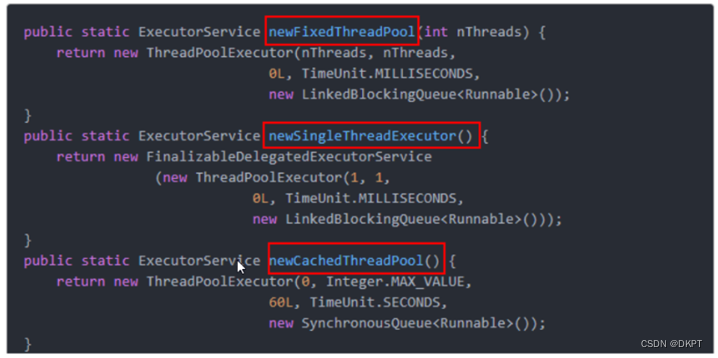
4、线程池的核心
ThreadPoolExecutor
5、线程池7大参数
(1)代码
public ThreadPoolExecutor(int corePoolSize,
int maximumPoolSize,
long keepAliveTime,
TimeUnit unit,
BlockingQueue<Runnable> workQueue,
ThreadFactory threadFactory,
RejectedExecutionHandler handler) {
if (corePoolSize < 0 ||
maximumPoolSize <= 0 ||
maximumPoolSize < corePoolSize ||
keepAliveTime < 0)
throw new IllegalArgumentException();
if (workQueue == null || threadFactory == null || handler == null)
throw new NullPointerException();
this.corePoolSize = corePoolSize;
this.maximumPoolSize = maximumPoolSize;
this.workQueue = workQueue;
this.keepAliveTime = unit.toNanos(keepAliveTime);
this.threadFactory = threadFactory;
this.handler = handler;
}
(2)7大参数
1)corePoolSize:线程池中的常驻核心线程数。
2)maximumPoolSize:线程池中能够容纳同时执行的最大线程数,此值必须大于等于1。
3)keepAliveTime:多余的空闲线程的存活时间当前池中线程数量超过corePoolSize时,当空闲时间达到keepAliveTime时,多余线程会被销毁直到只剩下corePoolSize个线程为止。
4)unit: keepAliveTime的单位。
5)workQueue:任务队列,被提交但尚未被执行的任务。
6)threadFactory:表示生成线程池中工作线程的线程工厂,用于创建线程,一般默认的即可。
7)handler:拒绝策略,表示当队列满了,并且工作线程大于等于线程池的最大线程数(maximumPoolSize)时如何来拒绝请求执行的runnable的策略。
6、底层实现顺序
(1)第一种
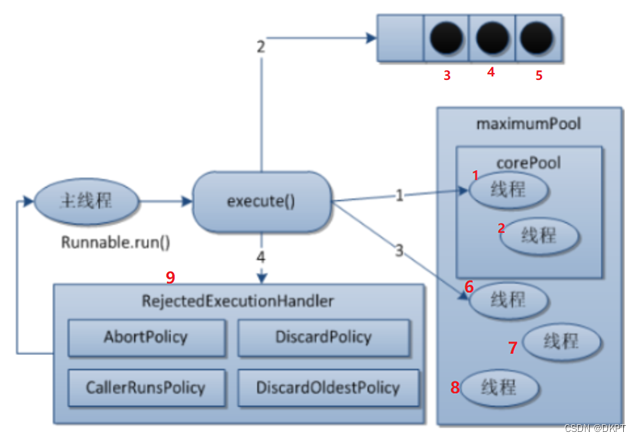
(2)第二种
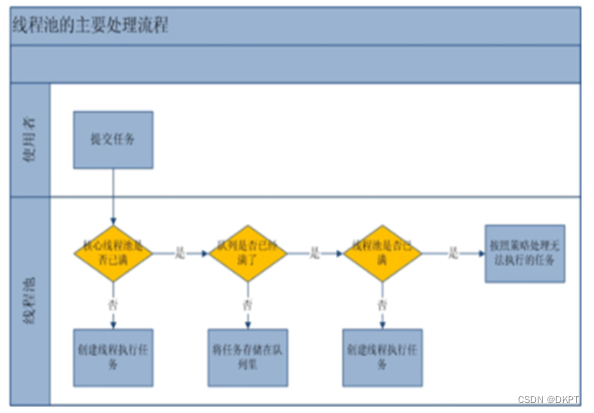
(3)第三种
1、在创建了线程池后,线程池中的线程数为零。
2、当调用execute()方法添加一个请求任务时,线程池会做出如下判断:
2.1如果正在运行的线程数量小于corePoolSize,那么马上创建线程运行这个任务;
2.2如果正在运行的线程数量大于或等于corePoolSize,那么将这个任务放入队列;
2.3如果这个时候队列满了且正在运行的线程数量还小于maximumPoolSize,那么还是要创建非核心线程立刻运行这个任务;
2.4如果队列满了且正在运行的线程数量大于或等于maximumPoolSize,那么线程池会启动饱和拒绝策略来执行。
3、当一个线程完成任务时,它会从队列中取下一个任务来执行。
4、当一个线程无事可做超过一定的时间(keepAliveTime)时,线程会判断:
如果当前运行的线程数大于corePoolSize,那么这个线程就被停掉。
所以线程池的所有任务完成后,它最终会收缩到corePoolSize的大小。
7、线程池大坑,工作时手写线程池
(1)在工作中单一的/固定数的/可变的三种创建线程池的方法哪个用的多?
答案是一个都不用,我们工作中只能使用自定义的。
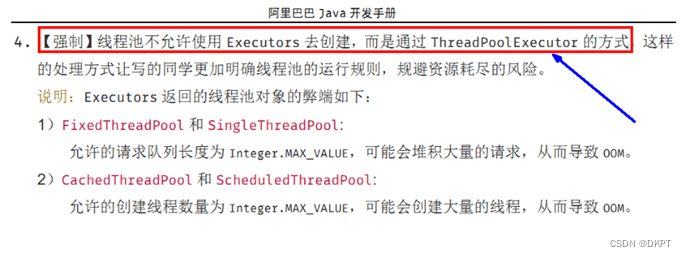
(2)在工作中如何使用线程池,是否自定义过线程池?
import java.util.Arrays;
import java.util.List;
import java.util.concurrent.*;
/**
* 线程池
* Arrays
* Collections
* Executors
*/
public class MyThreadPoolDemo {
public static void main(String[] args) {
ExecutorService threadPool = new ThreadPoolExecutor(
2,
5,
2L,
TimeUnit.SECONDS,
new ArrayBlockingQueue<Runnable>(3),
Executors.defaultThreadFactory(),
//new ThreadPoolExecutor.AbortPolicy()
//new ThreadPoolExecutor.CallerRunsPolicy()
//new ThreadPoolExecutor.DiscardOldestPolicy()
new ThreadPoolExecutor.DiscardOldestPolicy()
);
//10个顾客请求
try {
for (int i = 1; i <= 10; i++) {
threadPool.execute(() -> {
System.out.println(Thread.currentThread().getName() + "\t 办理业务");
});
}
} catch (Exception e) {
e.printStackTrace();
} finally {
threadPool.shutdown();
}
}
private static void threadPool() {
//List list = new ArrayList();
//List list = Arrays.asList("a","b");
//固定数的线程池,一池五线程
// ExecutorService threadPool = Executors.newFixedThreadPool(5); //一个银行网点,5个受理业务的窗口
// ExecutorService threadPool = Executors.newSingleThreadExecutor(); //一个银行网点,1个受理业务的窗口
ExecutorService threadPool = Executors.newCachedThreadPool(); //一个银行网点,可扩展受理业务的窗口
//10个顾客请求
try {
for (int i = 1; i <= 10; i++) {
threadPool.execute(() -> {
System.out.println(Thread.currentThread().getName() + "\t 办理业务");
});
}
} catch (Exception e) {
e.printStackTrace();
} finally {
threadPool.shutdown();
}
}
}
8、拒绝策略

9、手写线程池
/**
* 线程池例子
* <p>
* Arrays
* Collections
*/
public class MyThreadPoolDemo {
public static void main(String[] args) {
ExecutorService threadPool = new ThreadPoolExecutor(
2,
5,
3L,
TimeUnit.SECONDS,
new ArrayBlockingQueue<>(3),
Executors.defaultThreadFactory(),
new ThreadPoolExecutor.DiscardPolicy()
//new ThreadPoolExecutor.DiscardOldestPolicy()
//new ThreadPoolExecutor.CallerRunsPolicy()
// new ThreadPoolExecutor.AbortPolicy()
);
try {
for (int i = 1; i <=12 ; i++) {
threadPool.execute(()->{
System.out.println(Thread.currentThread().getName()
+"\t 办理业务");
});
}
} catch (Exception e) {
e.printStackTrace();
} finally {
threadPool.shutdown();
}
}
private static void test() {
ExecutorService threadPool = Executors.newFixedThreadPool(5);//一个银行网点5个受理业务的窗口
ExecutorService threadPool2 = Executors.newSingleThreadExecutor();//一个银行网点1个受理业务的窗口
ExecutorService threadPool3 = Executors.newCachedThreadPool();//一个银行网点 可扩展的受理业务窗口
//10个顾客
try {
for (int i = 1; i <=30 ; i++) {
threadPool3.execute(()->{
System.out.println(Thread.currentThread().getName()
+"\t 办理业务");
});
}
} catch (Exception e) {
e.printStackTrace();
} finally {
threadPool3.shutdown();
}
}
}


